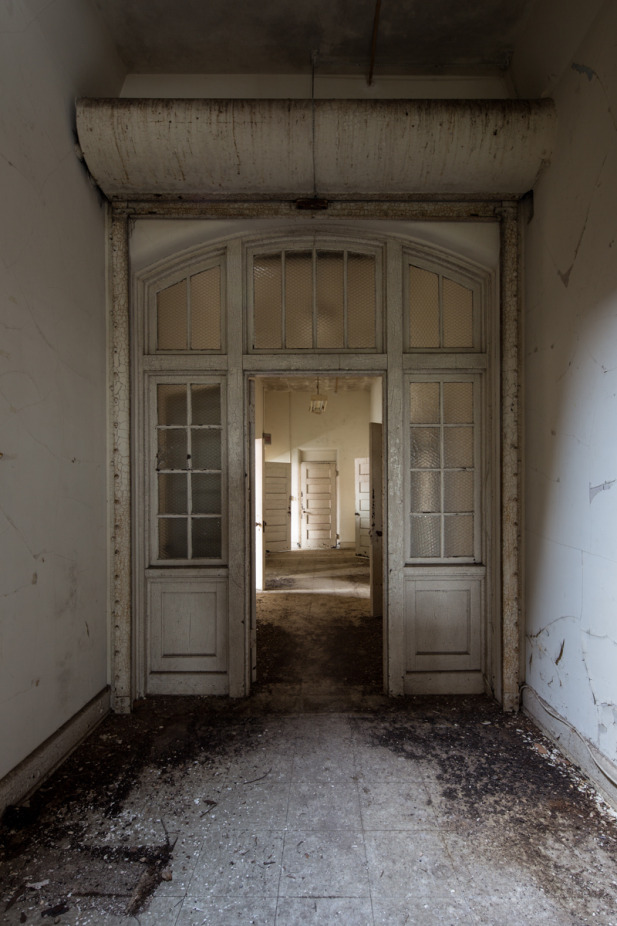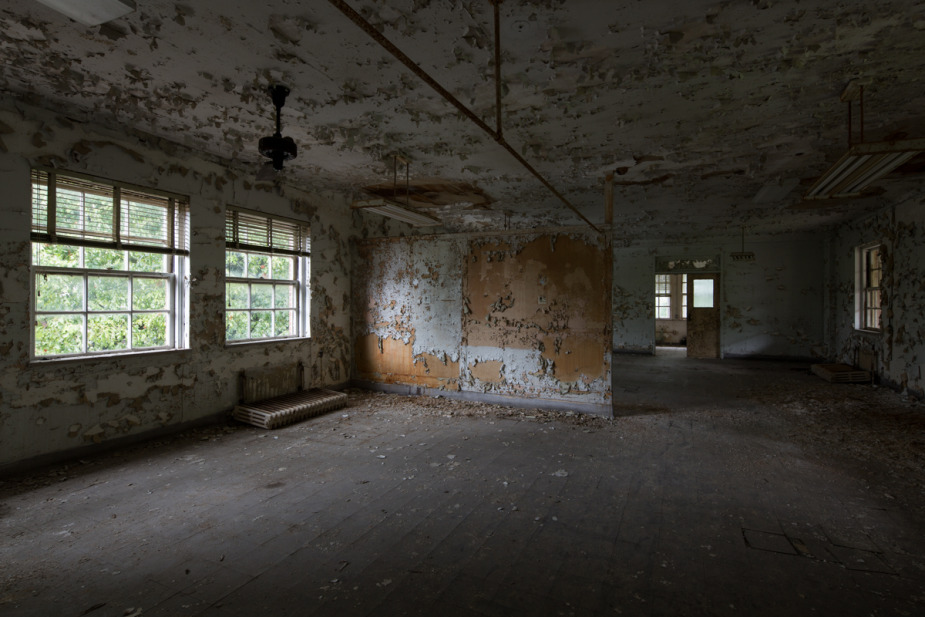The Safe Cabinet Company began in Ohio in 1905. The company manufactured safes and was in operation for 20 years before merging with The Rand Company, to form Remington Rand in 1927.
The Safe Cabinet Company headquarters in Marietta, Ohio was comprised of a a series of large multi story warehouses and a beautiful administration building constructed with large columns at the front entrance. The front half of the building contained multiple stories of offices, while the rear boasted a theatre, spanning from the basement to the second floor of the complex.
















